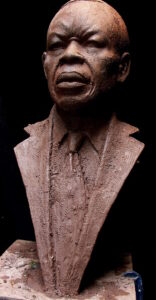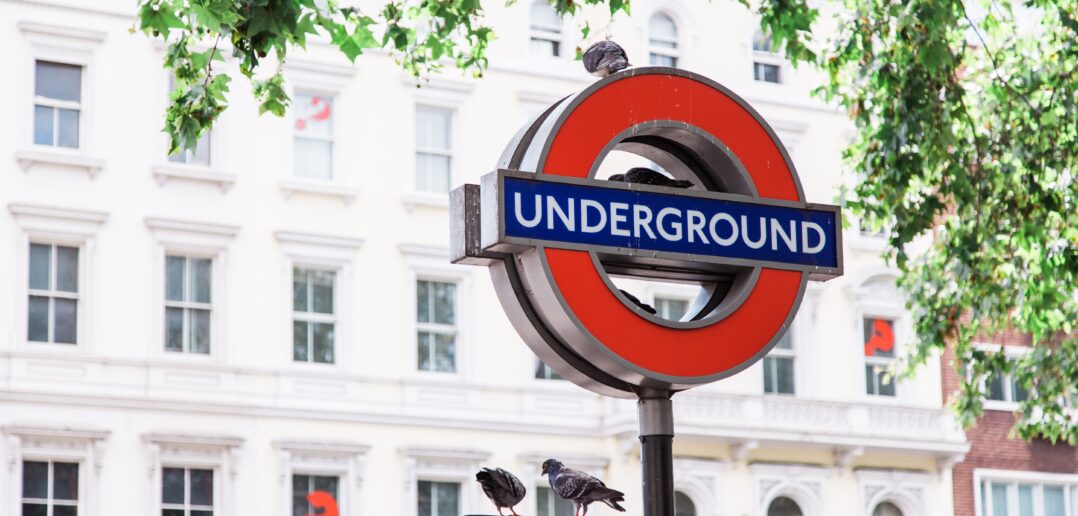As many of us probably know, TFL launched their Black History Tube Map on the 12th of October- but they didn’t do it alone. Alongside historian Kelly Foster, Black Cultural Archives (BCA) played a hugely significant role in its invention. Here’s all about them.
History of Black Cultural Archives (BCA)
“Where are our Heroes, Martyrs and Monuments?”
Len Garrison
Black Cultural Archives is currently the UK’s only national heritage centre dedicated to the collection, preservation and celebration of the history of Britain’s African and Caribbean people, and they just celebrated their 40th anniversary.

Their beginning dates back to 1981, when Len Garrison and other Black British community members decided to start a collection of positive interpretations of Black people in the history and culture of Britain, which eventually became an ‘archive museum’.
The aim was to rectify the imbalance in the historical representation of the Black community and paint a more comprehensive image. Growing over the years, by 2010, the BCA received funding of £5 million from the Heritage Lottery Fund (HLF) and London Development Agency, and moved to 1 Windrush Square, which is historically very significant; its naming comes from the SS Empire Windrush, a ship that docked in Tilbury in 1948, having carried passengers on their pioneering journey from the Caribbean to Britain. Although it closed in the 1960s, when the BCA was granted its lease, they refurbished it and reopened its doors in 2014.
Explore the BCA’s exhibits here, and their impressive online catalogue of 3500 records across 41 collections can be found here.
Their Objective
“It is a goldmine of information about Black cultural identity in Britain.”
Kwame Kwei-Armah, actor, writer and broadcaster

The BCA honour and celebrate Black identity, descent and history in Britain as they collect and preserve Black British History.
Len Garrison’s original initiative for the BCA to rebalance Black representation in British history has far outlived him, having developed into a safe space where communities can gather, reconnect and learn.
It has become a great source of inspiration and strength to our society.
In May 2020, the BCA created their 2030 Strategy to plan for their future. Their plans include: strengthening their active voice; teaching and learning about Black History; making collections available online, in person and on tour; and a development of their workforce. Read about their plans in more detail here.
The Black History London Tube Map
“London’s black history is deeply embedded in its streets and neighbourhoods. We hope the map will be an invitation to find out more and to explore.”
Arike Oke, Managing Director of the BCA
The impressive and innovative new map is incredibly in line with the BCA’s efforts to encourage more widespread knowledge about Black history in Britain. The names of stations have been replaced with the names of 272 notable black people and the Tube lines have been named after common themes that link them. For example, the Bakerloo line represents sport whereas the Central line the arts.
Among the celebrated is Claudia Jones, a political activist and co-founder of Notting Hill Carnival. She has replaced Camden Town Station. Others include Paulette Wilson, an activist who brought media attention to the human rights violations of the Windsrush scandal; Justin Fashanu, a footballer who became the UK’s most expensive black footballer, as well as the first-ever footballer to reveal that he was gay; and of course, Len Garrison, founder of BCA.
Find the list of all the names in the map here and purchase a poster of that map here.


